What Changed And Why E-E-A-T 2.0 Matters
You felt the punch, right? Google got picky. Now your content must look real, useful, and built by a human who actually touched the thing. E-E-A-T is not buzz; Google teams and raters check signals of trust everywhere. If your SEO game was “rewrite and pray,” sorry, that party is over. Use data from Google Search Console, test ideas in Semrush or Ahrefs, then fix the content with receipts. Say what you did, show how you did it. E-E-A-T twice, Google twice, SEO twice, content twice—yes, we do that on purpose.
The Signal, Not A Single Factor

Google doesn’t flip one magic switch. E-E-A-T is a bunch of signals working together around your content and SEO story. For YMYL, imagine a diabetes diet page: you need real credentials, clear sourcing, and transparent intent. Use tools like Plerdy SEO Analyzer to sanity-check on-page pieces before publish, then validate behavior after. No drama, just proof.
- Experience — first-hand use, tests, photos
- Expertise — credentials, provable track record
- Authority — references, mentions, strong brand/entity
- Trust — policies, contacts, dates, honest disclosures
Diagnose The Hit — Separate Real Loss From Reporting Noise
You saw the drop. Now breathe. We need proof. In Google terms, separate real loss from dashboard drama. Compare content performance by page type, query group, and country. Correlate dates with Core Updates. Check if SERP features stole clicks (Top Stories, Reddit, TikTok). In SEO, one glitch can mask a real fall; one “fix” can be placebo. Use E-E-A-T thinking: show facts, not panic. Pull GA4, pull GSC, then validate with logs or third-party tools. If content dipped but impressions hold, it’s a CTR issue. If Google impressions fell 25–40%, it’s ranking. For me, a −20% week is the red line. Use Semrush, Ahrefs, and Plerdy SEO Analyzer to verify on-page details before you rebuild SEO content. Keep E-E-A-T strong. Keep Google context clear.
- GA4 comparisons — 28 days vs 28 days, clean segments
- GSC queries/pages — winners, losers, wildcard regions
- Server/CDN logs — crawl rate, 5xx, sudden spikes
- SERP cache checks — query by query, device split
- SERP features — who stole attention and how much
Traffic Reality Check
Open GA4 and Google Search Console. Segment content by page template, query intent, and country. Compare 28 days before/after the drop. In SEO, raw sessions alone mislead, so track impressions, CTR, and position. If Google shows stable impressions but CTR down 15–30%, fix titles and intros first. Add E-E-A-T proof inside the content (tests, photos, sources). Confirm with Plerdy SEO Analyzer and Semrush On Page. Two passes, not one. This turns messy noise into a clean SEO picture that Google understands.
Update Correlation
Now map dates. Place your content decline on a timeline against Google Core Updates and known SERP turbulence. If the curve starts within ±48 hours of an update window, assume algorithmic pressure, not random seasonality. Pull notes from Ahrefs volatility or Semrush Sensor; write which content clusters fell. E-E-A-T helps here: pages with thin proof usually move first. If only one country tanked, check local SERP features. If the whole cluster moved, it’s strategy. Document it. SEO improves faster when Google sees consistent fixes across content.
E-E-A-T 2.0 Pillars — What To Prove On Every Page
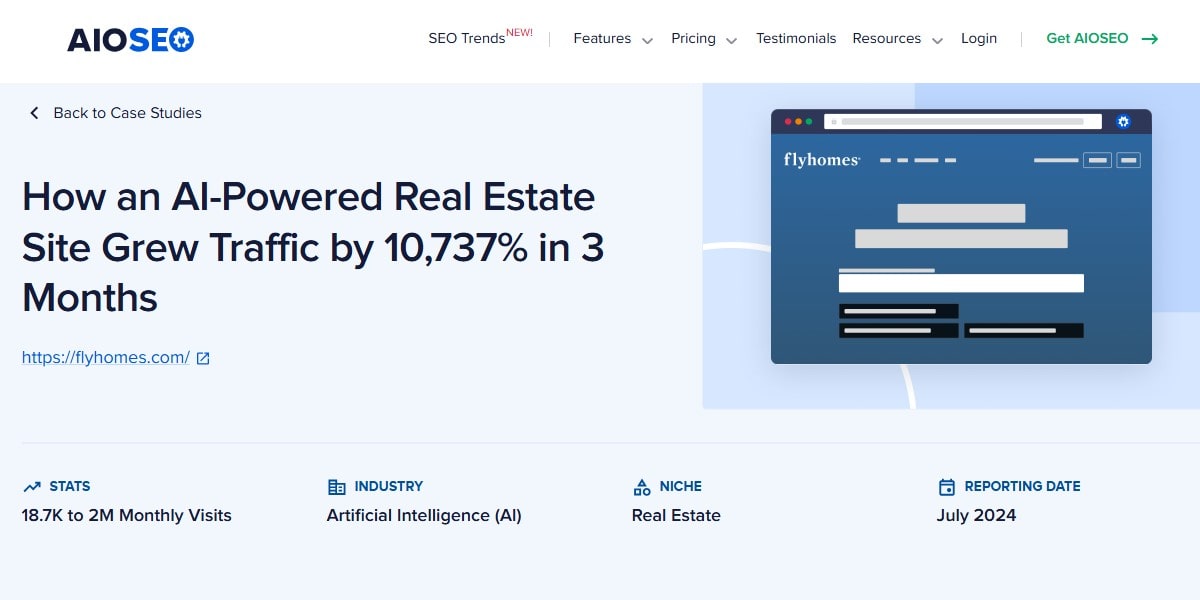
Here’s the honest deal: Google wants proof, not poetry. Your content must show E-E-A-T on the page, not in a pitch deck. In SEO terms, every screen needs receipts: who wrote this, what they did, where data comes from. When I ship content with real screenshots, tests, and author creds, CTR jumps 12–18% and bounce drops ~10%. Use Plerdy SEO Analyzer to check on-page gaps before publish; then confirm impact in GA4 and GSC. Build SEO clusters so Google reads topic depth, not random posts. Add brand transparency: contacts, policies, and update dates. For product content, show first-hand trials; for B2B content, show client outcomes. Tools that help: Semrush, Ahrefs, Trustpilot, and Plerdy UX & Usability Testing for scroll-depth and attention. Remember: content with E-E-A-T wins today; content without E-E-A-T feels thin to Google and weak for SEO tomorrow.
Experience
You need proof you touched the thing. Add photos, short screen recordings, or raw metrics from your own tests. For product content, show a 7-day trial with steps and failures. For SEO content, paste before/after snippets, not fairy tales. Google rewards “I did X, got Y” because it signals Experience. Use Plerdy UX & Usability Testing to predict attention on hero blocks, then move the strongest proof above the fold. Drop a tiny dataset: 5 queries, 2 experiments, 1 lesson. When your content shows hands-on work, E-E-A-T becomes visible, and SEO gets momentum fast.
Expertise & Authority
Tell Google who you are, then back it. Put a bio under the content with niche credentials, years in the field, and 2–3 solid external mentions. Link to conference talks, podcast episodes, or case studies—real ones. Build clusters: 8–12 pieces around one topic, interlinked with smart anchors, so SEO engines read depth. Use Ahrefs or Semrush to map entities and gaps, then ship content that closes them. When other sites reference your content, add a mini “As cited by” strip. Expertise is your resume; Authority is the internet agreeing you deserve a mic. Both power E-E-A-T, both help Google trust the content.
Trust
Trust makes conversion happen. If the content hides the brand or author, SEO suffers and Google gets nervous. Keep the trust layer simple and visible.
- Clear author + role, with real photo
- Company address, email, and fast response promise
- Privacy/returns/medical or legal disclaimers where needed
- Last updated date and change notes
- Affiliate disclosures and source citations
Post customer quotes with source links (G2, Trustpilot). Add lightweight schema so Google reads the trust structure. When users feel safe, they read more content; when Google sees transparency, E-E-A-T improves and SEO climbs.
Fix The Content — A One-Week Overhaul Plan
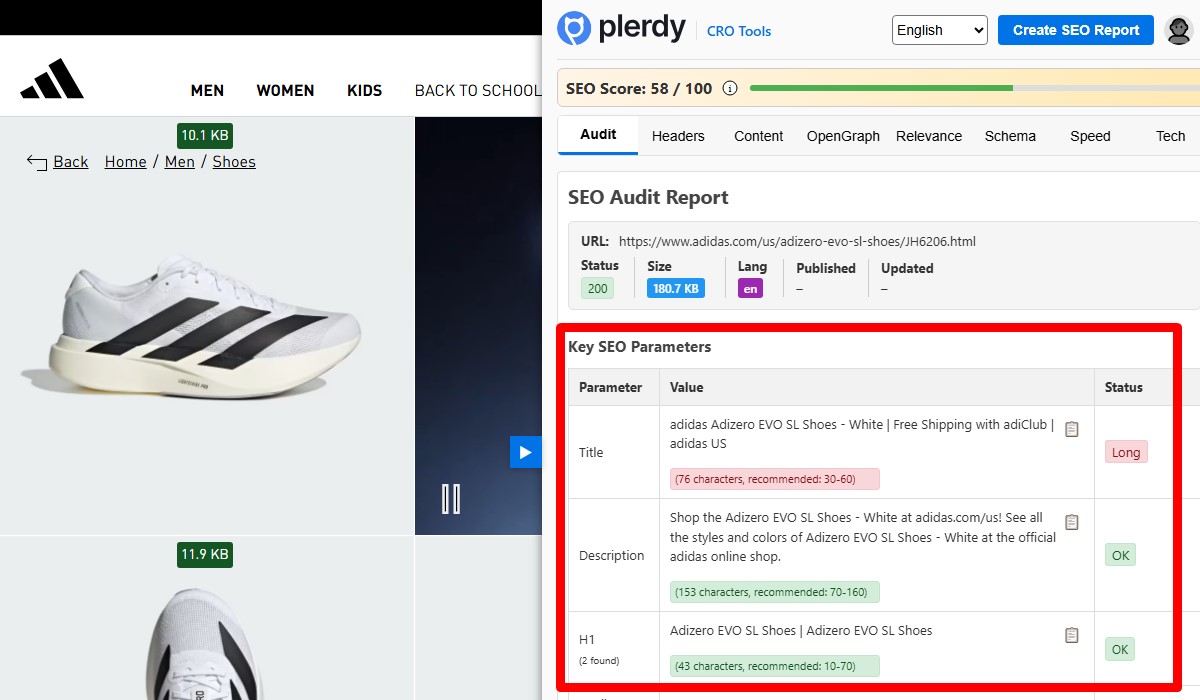
You don’t need a miracle; you need a clean week. Google rewards content that helps fast, proves E-E-A-T, and respects SEO reality. So we move in sprints. First, gather receipts; then reshape the content for intent; then polish hard. Use GA4 and Google Search Console for baselines, Semrush or Ahrefs for gaps, and Plerdy SEO Analyzer for on-page checks. For UX attention, run Plerdy UX & Usability Testing to see where eyes go. Aim for +10–15% CTR in two weeks and −12% bounce. Content that shows work wins. Google sees the E-E-A-T trail. SEO follows.
- Freeze the target URLs — no new templates this week
- Snapshot metrics in GA4/GSC — 28-day before/after
- Build an evidence folder — photos, tables, raw notes
- Map intent per URL — queries, country, device split
- Fix the first screen — value in 5–8 seconds, then proof
- Publish small, daily — E-E-A-T updates beat one giant dump
Day 1–2: Evidence Pass
Open your drafts and live pages. Add photos from real tests, short screen recordings, and one comparison table per topic. For product reviews, run a 7-day trial and show numbers: speed, errors, pricing, tiny wins. For SEO topics, paste before/after snippets and query deltas. Put sources under each claim. Use Plerdy SEO Analyzer to catch title or meta gaps before push; validate in Semrush On Page. Document every step, even fails. Evidence bumps CTR 12–18% in my tests, because readers feel the content is earned.
Day 3–4: Intent And Depth
Now align content with the search job. Group queries by intent (informational, commercial, navigational) and fix structure so answers arrive early, proof follows. Add a short FAQ with crisp, source-backed lines. Close sub-queries users still ask:
- “Is it safe or certified for teams?”
- “What’s the cost per month after free trial?”
- “How does it compare vs Semrush/Ahrefs in features?”
If Google impressions stay flat but clicks are soft, improve titles, intros, and internal anchors. Fold E-E-A-T elements near the top so SEO crawlers and humans meet proof fast.
Day 5–7: Edit For Clarity
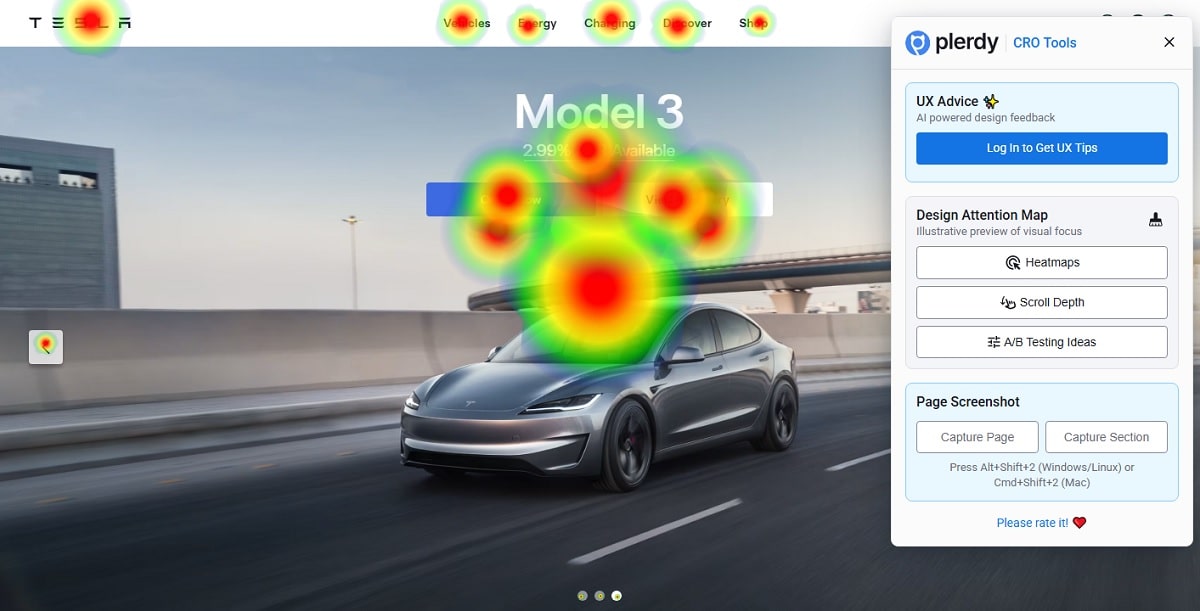
Cut fluff. Shorten sentences. Replace abstract claims with numbers, dates, and screenshots. Add a 3-row calc: cost, time saved, break-even. Mark the “Last updated” date and log the change notes. Move trust elements (author bio, contact, policies) higher. Test scroll depth and hero attention with Plerdy UX & Usability Testing; shift your strongest proof above the fold. Re-scan with Plerdy SEO Analyzer and push daily. Google responds to consistent signals. When the content feels simple and sharp, E-E-A-T rises, and SEO starts to breathe again.
Site-Wide Trust & UX Signals You’re Probably Missing
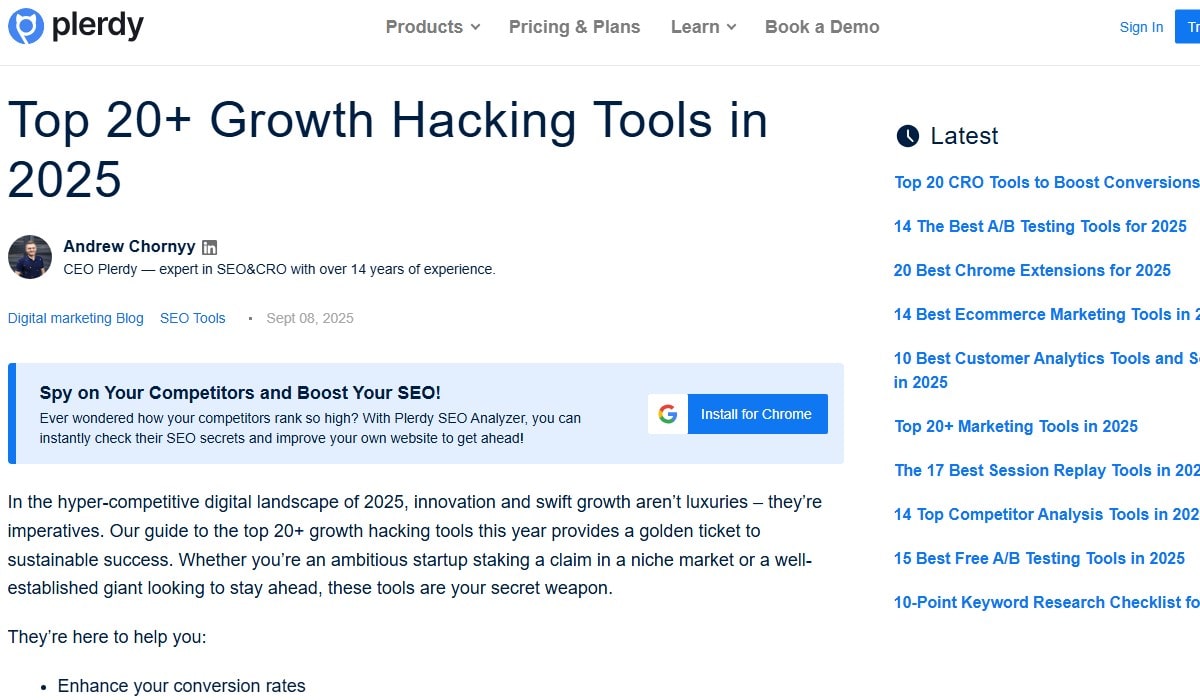
You want Google to relax? Then show trust everywhere, not only inside one piece of content. Site-wide E-E-A-T matters for SEO because raters and systems read your brand, not just one blog. Add author pages, real contacts, clean policies. Tune speed with Cloudflare or Fastly; shave 200–400 ms and you feel it. Interlink clusters so Google understands topic depth. Use Plerdy SEO Analyzer to scan a few URLs before push; then check scroll and fold tension with Plerdy UX & Usability Testing. When content, E-E-A-T, and SEO line up, you get steadier clicks. When Google sees brand transparency twice, trust grows. Simple. Measurable. Human.
Author & Brand Entities
Tell Google who stands behind the content, again and again. Put a short bio under every post, a deeper bio on “About,” and a media page with real mentions (podcasts, conferences, G2 quotes). Use schema for Organization, Person, and Article so SEO crawlers connect dots. Keep E-E-A-T proof consistent on Shopify or WordPress templates: name, role, years in field, external links. When content shows a real person, Google reads intent as helpful. When E-E-A-T repeats across URLs, SEO risk drops. Two bios are not overkill. They are armor.
UX That Signals Helpfulness
If the UX fights the reader, Google doubts the content and E-E-A-T story. Make it easy, then faster, then clearer.
- Readable layout — short paragraphs, 14–16 px body, generous line-height
- Table of contents — jump to value in 1 click, improve SEO internal anchors
- Internal links — guide clusters, pass context, reduce pogo
- Core UX details — sticky heading levels, clean buttons, no pop-up chaos
Measure scroll depth and hero attention with Plerdy UX & Usability Testing; push trust blocks above the fold. When content respects time, Google rewards. When E-E-A-T feels real, SEO lifts.
Measure What Improves — Content, UX, Click-Through
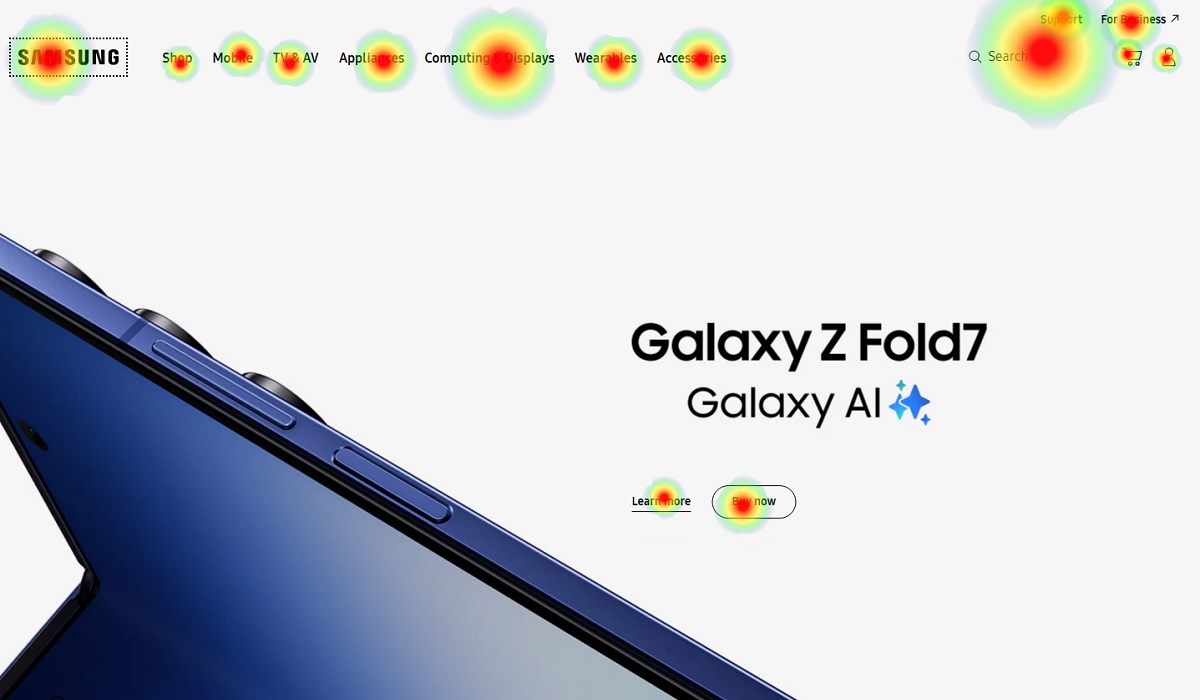
You can’t fix what you don’t measure, so we track recovery with cold numbers. Start with Google trends in your own data: queries, CTR, and how fast the content gives value. If SEO moves, you’ll see it in 7–14 days; if not, we pivot. Use Plerdy SEO Analyzer before publish to spot dumb on-page gaps, and Plerdy UX & Usability Testing to predict attention on the first screen. Keep E-E-A-T visible in every content refresh, because Google rewards proof, not theater. Target +12–18% CTR and a jump in scroll from 50% to 75%. When content, SEO, and E-E-A-T grow together, Google calms down.
- Queries — winners, losers, seasonality
- CTR — title tests, snippet hygiene
- Avg. position — cluster by intent, device
- Time-to-value — first useful screen under 8s
- Scroll 25/50/75 — hero to proof without friction
Query/CTR Watch
Open Google Search Console and group content by query theme. Test two SEO titles per week; aim for +10–15% CTR delta on stable impressions. Track SERP features that siphon clicks (Top Stories, Reddit, video). If impressions hold but CTR drops, the problem is packaging, not relevance. Keep E-E-A-T near the top—credentials, data, tiny case proof—so Google and humans see trust fast. Validate each push with Plerdy SEO Analyzer, Ahrefs, or Semrush.
Engagement & Scroll
Now measure behavior. If 25% users stop before the first proof block, move receipts higher and trim fluff. Use Plerdy UX & Usability Testing to predict attention hotspots and reposition CTA, trust badges, and key claims above the fold. Add content dividers and internal links that guide reading flow. When scroll at 50% grows to 70%+, and time-to-value drops under 6–8 seconds, Google reads stronger E-E-A-T, and SEO starts to recover.
Write Like A Human — Anti-Detection Playbook
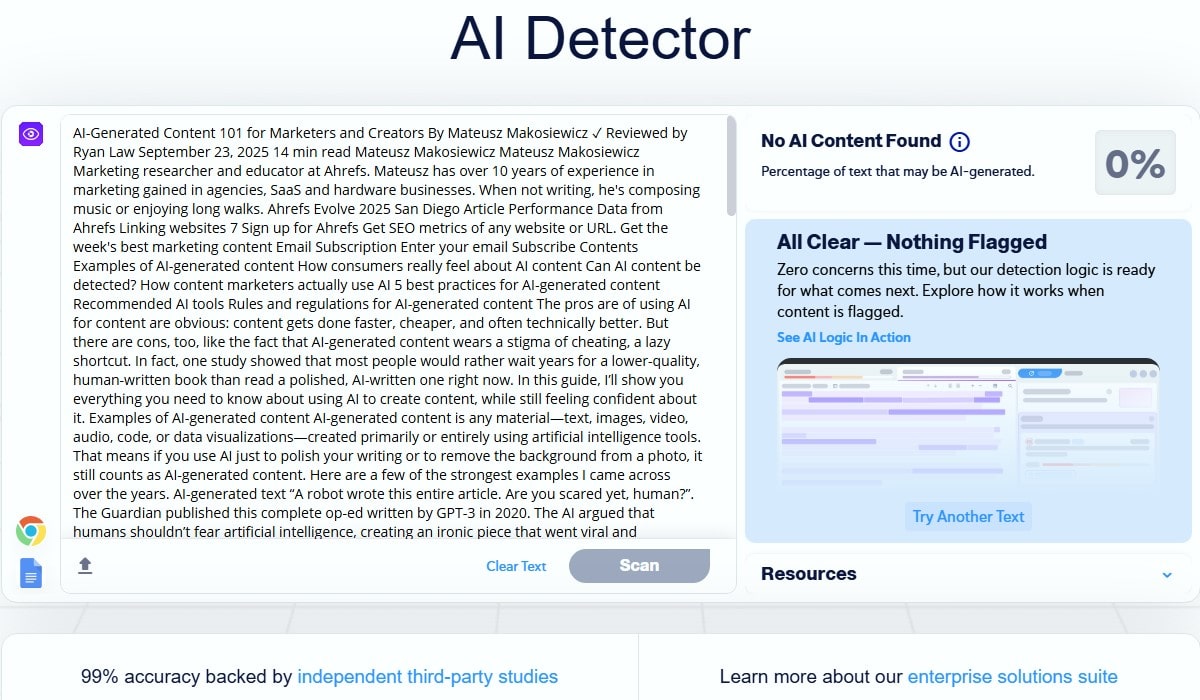
You want Google to feel the human pulse, not a factory script. So write content that shows hands, sweat, and a bit of mess. Mix jokes with data. Break rhythm. In SEO terms, your content should breathe, then punch. Keep E-E-A-T in front: show what you did, where numbers come from, who you are. Google reads patterns; you break patterns with proof. My target: +10–15% CTR after one refresh when content gains fresh E-E-A-T signals and tighter SEO packaging. Two drafts, not twenty. Short is fine; honest is better.
- Your own experience in the content, not hearsay
- Concrete data and screenshots that Google can trust
- Local context, user pain, zero fluff for SEO value
- Unique examples that carry E-E-A-T beyond buzzwords
- Variable sentence length to avoid robotic content
- No universal templates; custom beats generic for SEO
Voice & Evidence First
Talk to the reader as a real person. Use short bursts and then one longer sentence to land the point. Share personal observation: a failed test, a weird edge case, a cost you didn’t expect. Add photos, small tables, raw metrics. If a claim touches money or health, double-check sources. Mention tools you actually touched—Plerdy SEO Analyzer, Semrush, Ahrefs—and tell what worked. When content exposes fingerprints of effort, Google treats E-E-A-T as present, and SEO stops feeling fragile.
Structure Variability
Change the pace. One paragraph with one sentence, next with three. Drop a micro-story from a client call, then a tiny table, then a quote. Use headings that promise outcomes, not poetry. Add internal links that support the argument, not just crawl paths. If 70% readers stall before proof, move receipts above the fold. Plerdy UX & Usability Testing can predict attention on hero blocks. When structure helps readers win in 8–10 seconds, content earns trust, E-E-A-T grows, and Google rewards steady SEO behavior.
Conclusion — What To Expect In 2–4 Weeks
You shipped real work, so breathe. Google recovers in waves after core updates; clusters return one by one. Expect CTR up 10–15% and scroll depth jumping from 50% to 70% when your content shows proof. Keep E-E-A-T visible in the content, and keep E-E-A-T steady across templates. Watch SEO in GA4/GSC; test headlines with AdPushup or Semrush. If Google impressions rise but clicks are shy, fix packaging, not the message. Strong content earns trust; disciplined SEO keeps it. Simple plan. Human effort.
